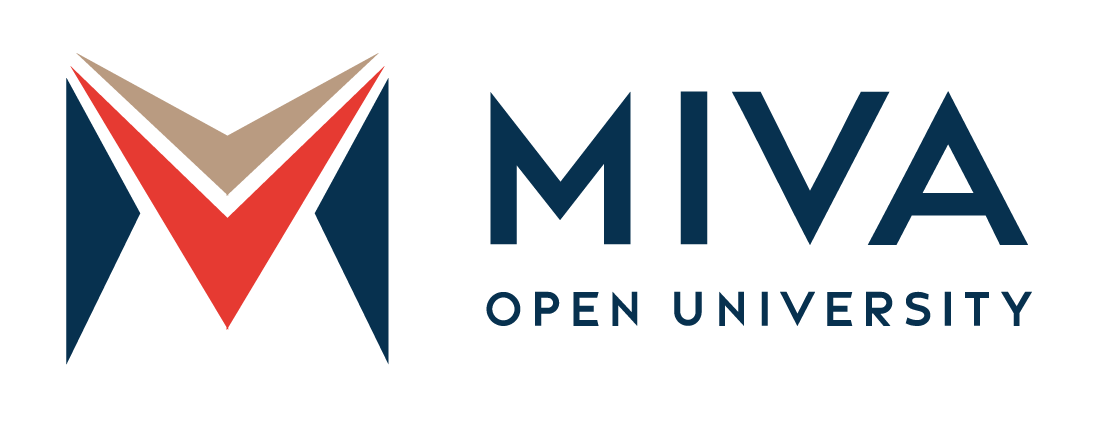School of Computing
BSc. Computer Science
This programme is designed to prepare you for a career in the ever-growing field of technology. You will learn the fundamentals of computer science, including programming, data structures, algorithms, and operating systems. You will also have the opportunity to specialize in a particular area of computer science, such as artificial intelligence, machine learning, or software engineering.
ADMISSION OPTIONS
- 100 Level Admissions
- Direct Entry Admissions
ADMISSION OPTIONS
- 100 Level Admissions
- Direct Entry Admissions
Tuition Per Session
$590
Tuition Per Semester
$315
Introduction to BSc. Computer Science
Start your bachelor’s degree in Computer Science
Learn on your terms with pre-recorded engaging and interactive videos on your educational journey for flexible, convenient, and self-paced study.
Why you should apply;
- Our programme is taught by experienced and knowledgeable faculty members who are passionate about teaching computer science.
- We offer a variety of resources to help you succeed, including a state-of-the-art computer lab, a career center, and a variety of student organizations.
- Our programmes are designed to produce highly sought-after graduates.
- A degree in computer science can lead to a variety of high-paying and rewarding careers.
Applications for September 2025 admission is ongoing.
Apply before 30th September 2025, to secure your place. Discount applies for full year’s payment.
Curriculum
Programme Outline
Our curriculum is designed to provide students with the skills and knowledge they need to succeed in a variety of careers in the tech industry. The programme covers a wide range of topics, including programming, data structures, algorithms, operating systems, and artificial intelligence.
The faculty is available to students through forums, email, and phone calls. Students also have access to a variety of resources, including a state-of-the-art e-library, virtual computer labs, a career center, and a variety of student organisations.
| 1st Semester | Units |
|---|---|
| Communication in English I | 2 |
At the end of this course, students should be able to:
| |
| Elementary Mathematics I – Algebra and Trigonometry | 2 |
At the end of this course, students should be able to:
| |
| General Physics I – Mechanics | 2 |
At the end of this course, students should be able to:
| |
| General Practical Physics I | 1 |
At the end of this course, students should be able to:
| |
| Use of Library, Study Skills and ICT | 2 |
At the end of this course, students should be able to:
| |
| Descriptive Statistics | 3 |
At the end of this course, students should be able to:
| |
| Introduction to Computing Sciences | 3 |
At the end of this course, students should be able to:
| |
| Environment and Sustainability (Elective) | 2 |
At the end of this course, students should be able to:
| |
| Contemporary Health Issues (Elective) | 2 |
At the end of this course, students should be able to:
| |
| 2nd Semester | Units |
|---|---|
| Problem Solving | 3 |
At the end of this course, students should be able to:
| |
| Nigerian People and Culture | 2 |
At the end of this course, students should be able to:
| |
| Elementary Mathematics II – Calculus | 2 |
At the end of this course, students should be able to:
| |
| General Physics II – Electricity & Magnetism | 2 |
At the end of this course, students should be able to:
| |
| General Practical Physics II | 1 |
At the end of this course, students should be able to:
| |
| Introduction to Web Technologies | 3 |
At the end of this course, students should be able to:
| |
| Communication in English II | 2 |
At the end of this course, students should be able to:
| |
| 1st Semester | Units |
|---|---|
| Entrepreneurship and Innovation | 2 |
At the end of this course, students should be able to:
| |
| Mathematical Methods I | 2 |
At the end of this course, students should be able to:
| |
| Computer Programming I | 3 |
At the end of this course, students should be able to:
| |
| Discrete Structures | 2 |
At the end of this course, students should be able to:
| |
| Digital Logic Design | 2 |
At the end of this course, students should be able to:
| |
| Introduction to Software Engineering | 2 |
At the end of this course, students should be able to:
| |
| SIWES I | 3 |
At the end of this training, students should be able to:
| |
| 2nd Semester | Units |
|---|---|
| Philosophy, Logic and Human Existence | 2 |
At the end of this course, students should be able to:
| |
| Elementary Differential Equations | 2 |
At the end of this course, students should be able to:
| |
| Computer Programming II | 3 |
At the end of this course, students should be able to:
| |
| Computer Architecture and Organisation | 2 |
At the end of this course, students should be able to:
| |
| Statistical Computing Inference and Modelling | 3 |
At the end of this course, students should be able to:
| |
| Linear Algebra II | 2 |
At the end of this course, students should be able to:
| |
| Introduction to Electric Circuits and Electronics | 2 |
At the end of this course, students should be able to:
| |
| 1st Semester | Units |
|---|---|
| Data Structures | 3 |
At the end of the course, students should be able to:
|
|
| Artificial Intelligence | 2 |
At the end of this course, students should be able to:
|
|
| Introduction to Cyber Security and Strategy | 2 |
At the end of this course, students should be able to:
|
|
| Introduction to Data Management | 3 |
At the end of the course the students should be able to:
|
|
| Data Communication System and Network | 3 |
At the end of this course, students should able to:
|
|
| SIWES II | 3 |
At the end of this training, students should be able to:
|
|
| 2nd Semester | Units |
|---|---|
| Peace and Conflict Resolution | 2 |
At the end of the course, students should be able to:
|
|
| Venture Creation | 2 |
At the end of the course, students should be able to:
|
|
| Operating Systems | 3 |
At the end of this course, students should be able to:
|
|
| Computer Science Innovation and New Technologies | 2 |
At the end of this course, students should be able to:
|
|
| Data Management I | 3 |
At the end of this course, students should be able to:
|
|
| Web Application Development | 2 |
At the end of this course, students should be able to:
|
|
| Introduction to Cloud Computing (Elective) | 2 |
At the end of this course, students should be able to:
|
|
| Big Data Technology (Elective) | 2 |
At the end of this course, students should be able to:
|
|
| 1st Semester | Units |
|---|---|
| Research Methodology and Technical Report Writing | 3 |
At the end of this course, students should be able to:
| |
| Algorithms and Complexity Analysis | 2 |
At the end of this course, students should be able to:
| |
| Project Management | 2 |
At the end of this course, students should be able to:
| |
| Distributed Computing | 3 |
At the end of this course, students should be able to:
| |
| Organization of Programming Languages | 3 |
At the end of this course, students should be able to:
| |
| Final Year Project I | 3 |
At the end of this course, students should be able to:
| |
| 2nd Semester | Units |
|---|---|
| Ethical and Legal Issues in Computer Science | 2 |
At the end of this course, students should be able to:
| |
| Machine Learning | 3 |
At the end of this course, students should be able to:
| |
| Human Computer Interaction | 2 |
At the end of this course, students should be able to:
| |
| Final Year Project II | 3 |
At the end of this course, students should be able to:
| |
| Compiler Construction | 3 |
At the end of this course, students should be able to:
| |
| Cloud Computing Security | 2 |
At the end of this course, students should be able to:
| |
Admission Requirements
100 Level Entry Requirements for BSc. in Computer Science
Here’s what you need to study for a bachelor’s programme at Miva University
A copy of your O’Level result
- English Language
- Mathematics
- Physics
- Chemistry
- Any other subjects
Please note that submission of Joint Admissions and Matriculation Board (JAMB) results is not mandatory at this stage. However, upon admission to the university, the provided results will be thoroughly verified for authenticity and compliance with the stated criteria, including JAMB Registration.
Direct Entry Admission Requirements for BSc. in Computer Science
Here’s what you need to study for a bachelor’s programme at Miva Open University
Direct Entry Candidates must meet ‘O’ Level requirements for the programme:
- Two (2) 'A' Level passes in science subjects including Mathematics.
- NCE merit passes in Mathematics and one other Science subject.
- ND lower credit in Computer Science or other Mathematics/Computing/Physics/Electronics based programmes.
- Very good passes in three (3) JUPEB subjects: Physics, Mathematics, Chemistry or Biology.
- 'A' Level passes chosen from English Language, Mathematics, Environmental Science, Biology, Chemistry, Physics, Literature-in-English, Government, History, Economics, Geography, Further Mathematics, Technical Drawing, Visual Arts, Computer Studies, Information Technology, Civics, and French.
- International Baccalaureate (IB) Diploma in relevant subjects.
Careers
Potential roles for BSc. Computer Science degree holders

Career Options
The field of Computer Science is constantly evolving, so new and exciting career opportunities are always emerging. If you obtain a bachelor’s degree in Computer Science, these are possible careers for you:
- Software Engineer
- Web Developer
- Database Administrator
- System Analyst
- Security Engineer
- Data Scientist
- Artificial Intelligence Engineer
- Machine Learning Engineer
- Game Developer
- Mobile App Developer
- Software Quality Assurance Engineer
- IT Consultant
- Project Manager
- Entrepreneur
Tuition
Payment Plans
Miva Open University offers a flexible payment plan for its degree programmes. You may choose to pay the year’s fee or per semester.
Tuition Per Session
Pay Per Session. No hidden charges. No additional costs.
$590
Tuition Per Semester
Pay Per Semester. No hidden charges. No additional costs.


